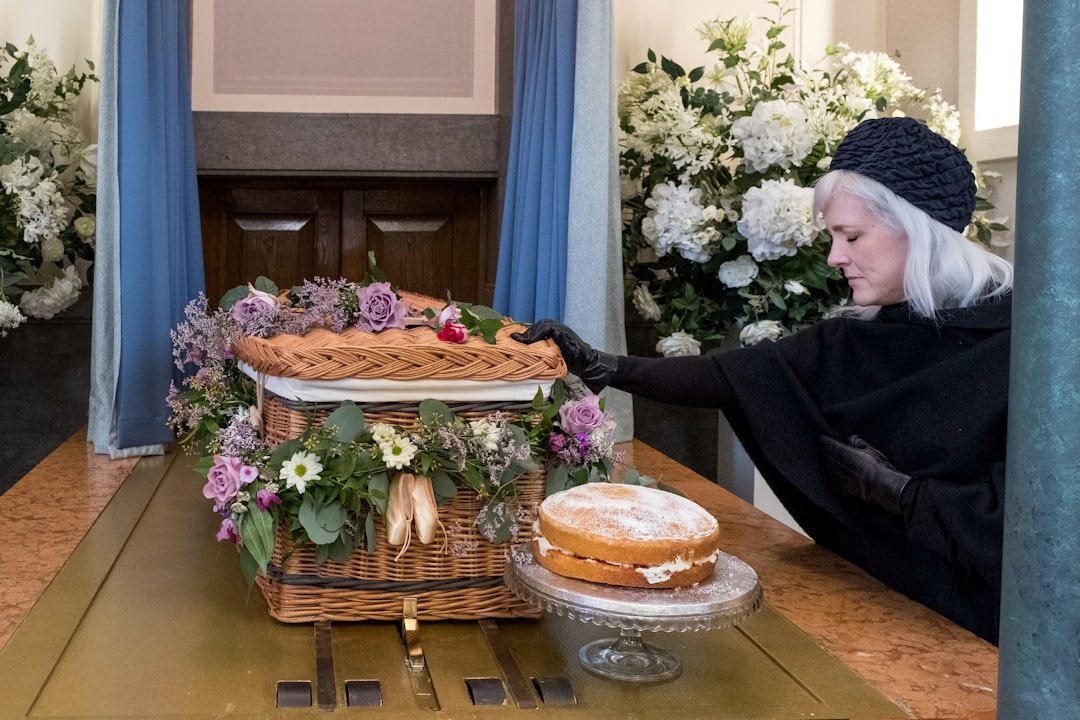
Flowers have long been a universal symbol of love, life, and loss. They serve as a means of expression, comfort, and remembrance in different cultures around the globe during funerals and memorial services. From the color of the flowers to the types of blooms selected, funeral flowers carry deep-rooted traditions and meanings across various societies. In this article, we will explore the cultural significance of funeral flowers worldwide, delving into notable practices, interpretations, and their emotional weight.
The Role of Flowers in Mourning
Throughout history, flowers have been used in rituals that celebrate life while acknowledging the pain of loss. Many cultures use flowers to convey messages of love and remembrance. In some instances, the flowers chosen for funeral arrangements reflect the personality of the deceased or the relationship they had with the sender. Below, we will look at different cultures and their unique approaches to using flowers in mourning.
Western Cultures: The Language of Flowers
In many Western countries, funeral flowers are a traditional element of memorial services. Different flowers carry distinct meanings, allowing mourners to express sentiments of love, respect, or sorrow. For instance:
- Roses: Often symbolize love. Red roses carry meanings of deep love, while white roses represent purity and innocence.
- Lilies: Frequently used in funerals, particularly the white lily, which represents the restoration of the soul of the deceased to a peaceful state.
- Chrysanthemums: In many Western cultures, they symbolize death and are typically used in funerals to honor and remember the deceased.
Moreover, the arrangement style can indicate different emotions. For instance, a circular arrangement symbolizes eternity, while a linear arrangement can represent the journey of life. Each floral tribute is tailored to the individual, creating a deeply personal farewell.
Asian Cultures: Symbolism of Colors
In various Asian cultures, funeral flowers also play a significant role but vary drastically based on local customs and traditions. For example:
- China: White flowers, particularly white chrysanthemums, are commonly utilized in funerals as they symbolize mourning and death. The color white is associated with purity and is believed to represent the spirit’s journey into the afterlife.
- Japan: In Japanese culture, flowers are part of the funeral rites. White lilies and chrysanthemums are popular choices as they convey respect and are often accompanied by incense.
- India: While flowers are essential in Hindu funerals, they’re often adorned with vibrant colors. Marigolds are the most common, symbolizing the cycle of life and death. They play an active role in rituals that honor the departed.
These floral traditions in Asian cultures emphasize the essence of remembrance and the continuation of life, showcasing the unique interplay between grief and celebration.
Latin America: A Vibrant Celebration of Life
In many Latin American countries, funerals are not merely somber occasions but colorful celebrations of life. The use of flowers reflects this vibrant approach. For instance:
- Mexico: During Día de los Muertos (Day of the Dead), marigolds are a primary floral icon. The bright orange and yellow hues of the marigolds are believed to guide the spirits of the deceased home. Altars, or ofrendas, are adorned with floral arrangements along with photos and possessions of the departed.
- Brazil: In Brazilian funerals, flowers such as roses and orchids are common. They symbolize love and beauty, honoring the richness of the deceased's life and the joy they brought to others.
This cultural attitude towards floral arrangements emphasizes the celebration of life even in the face of death, making it a touching tribute that fosters healing among loved ones.
The Middle East: Flowers in Spiritual Remembrance
The role of flowers in the Middle East, especially in Islamic tradition, is intricate and spiritual. Here, flowers are used more sparingly and often accompany other forms of mourning, such as prayers and the reading of the Quran. Here are some points of significance:
- White Flowers: In Islamic culture, white flowers symbolize purity and spirituality. Jasmine and white lily are often chosen for funerals.
- Rituals of Remembrance: Flowers are thoughtfully placed on graves during visitation, serving as tokens of remembrance. They represent respect for the departed as well as a connection to the divine.
The sparse use of flowers in some Middle Eastern cultures highlights the importance of spiritual connection in mourning while still allowing for personal expression through floral selections.
Contemporary Trends: Eco-Friendly and Personalized Choices
In recent years, there has been a shift towards more personalized and eco-friendly funeral flower choices. Many people now seek sustainability, opting for flowers that are locally grown or seasonal. Additionally, some trends are gaining popularity:
- Dried Flowers: These have gained traction as they can last longer than fresh flowers while adding a unique touch to floral tributes, allowing families to keep a tangible piece of remembrance.
- Plant Arrangements: Potted plants or tree saplings symbolize the cycle of life and are often gifted as lasting memorials.
- Wildflower Choices: More people are choosing native wildflowers for their funeral arrangements, promoting biodiversity and connecting the deceased with nature.
These new trends reflect an increasing awareness of environmental issues and the desire for more personal, meaningful memorials that transcend traditional norms.
Understanding the Psychological Impact of Funeral Flowers
Flowers, in their beauty and transience, can help people process grief. The simple act of selecting or arranging flowers can be therapeutic and provide comfort in moments of sorrow. Research shows that:
- Flowers can evoke positive emotions, creating a soothing atmosphere during difficult times.
- The act of giving or receiving flowers fosters connections among mourners, as it represents a shared experience of support and love.
- Caring for flowers during the mourning period can serve as a tangible way to keep a connection with the deceased alive.
Through this healing power, flowers become much more than mere decorations; they evolve into symbols of hope, connection, and remembrance.
A Lasting Legacy: The Power of Flowers in Mourning
The cultural significance of funeral flowers around the world reveals the diverse ways people honor and remember their departed loved ones. Each culture embraces distinct practices and meanings, uniting humanity in the shared experience of grief while celebrating the uniqueness of life. From vibrant marigolds in Mexico to serene lilies in Western traditions, flowers serve as an enduring symbol of love, remembrance, and the cycle of life.
Moving forward, it is essential to respect and appreciate these cultural differences while also understanding the universal truth that flowers resonate with our emotions through their beauty and symbolism. By choosing flowers that reflect the essence of the individual we have lost, we create a powerful tribute that carries their memory into eternity.
Explore another user's Shopify store by clicking here. Please note that this is a promotional link, and we assume no responsibility for the content on the linked store.
